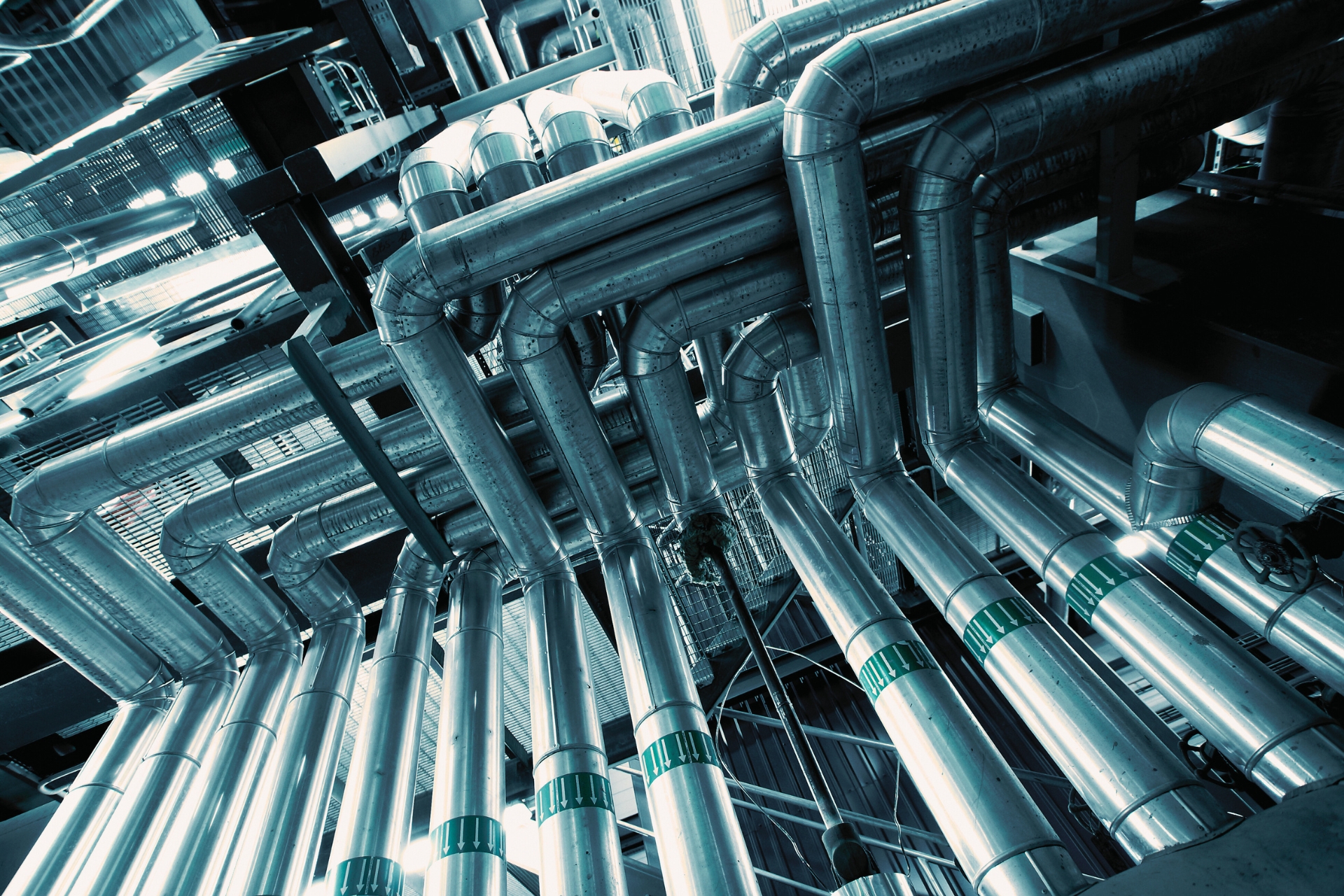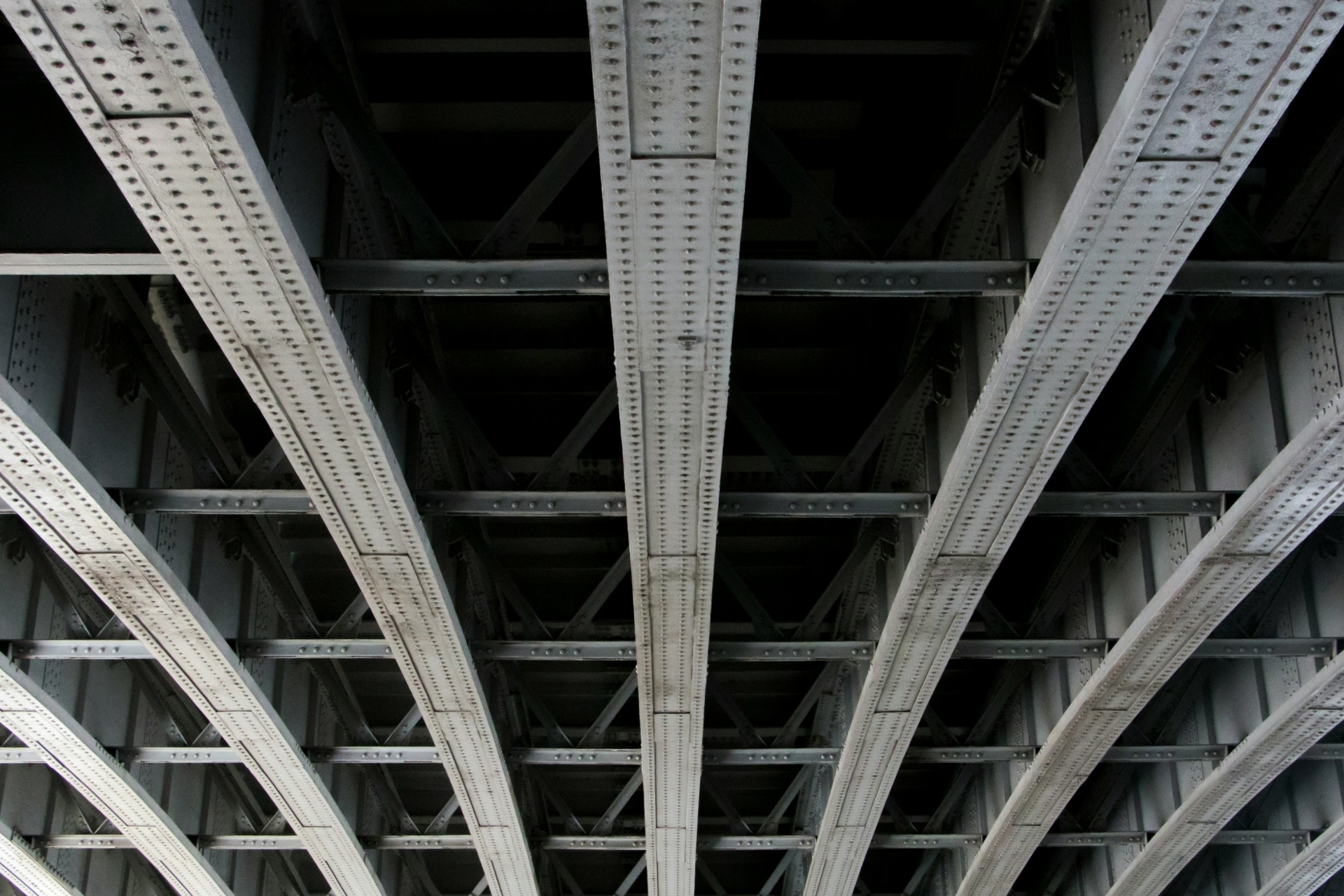BRIDGING AN ASSET’S PHYSICAL AND DIGITAL DIMENSIONS
The key word in digital transformation we hear every day is bridging, the process of connecting asset information and then maintaining continuous synchronisation between the physical asset and its digital counterpart. Bridging is between two points: the physical world that will always exist in infrastructure and equipment, with fieldwork and skilled professionals performing every type of task, and the digital world that gives us revolutionary tools to make the most of it. Whether it is a fully virtual representation or tools such as digital asset registers, in all cases we have a large amount of data that is constantly being fed in, providing us with information about the structure, the behaviour of the asset and other relevant characteristics. However, when we talk about an infrastructure or asset, we know that it will always … stay connected to its physical existence and functionality.
HOW IS SUCH A “BRIDGE” IMPLEMENTED IN PRACTICE?
It all starts with identifying the need to link the physical asset with its digital dimension. Then comes the study and selection of new technologies to be integrated into the asset, their use, and the management of the information obtained from them. All these steps involve many new professional disciplines, from IT and Data Specialists/Developers to Change Management specialists and Cybersecurity Experts. They need to work —in an integrated collaboration model— with the professionals/experts who already know and manage the assets, such as Facilities Managers, Maintenance Technicians, Operations Managers, Security and Compliance Managers, Engineers, etc. Effective coordination and communication between these professionals are the building blocks of the digital transformation of physical assets. Therefore, ensuring these partners are in place at the initial, pre-process level is the most necessary part.
The initial mapping of existing systems and the assessment of the need to integrate new technologies varies significantly from infrastructure to infrastructure (i.e. a different solution is required for a torpedo than for a train). It requires study, research, and selection between available technologies or a combination of technologies to match the way the infrastructure operates and its existing conditions. The integration plan is then drawn, developed and implemented through compatibility checks in pilot tests and necessary adjustments according to the data collected. At this stage, the teams not only exchange information but also work together in the field and on the new systems, providing hands-on training.
Finally, it is important to define protocols for the systematic collection, storage and analysis of data generated by new technologies, as well as their monitoring and evaluation for improvement.
At this stage, the teams are not just exchanging information, they are working together in the field and on the new systems, which is also training in practice.
THE ASSOCIATED RISKS
As with anything innovative and transitional, there are many unknown aspects which cannot always be foreseen. The integration of new technologies and processes requires an investment of time and money until they are fully compatible and operational. The most common challenges can cause operational disruptions, such as the employee skills gap, which are usually easily overcome. However, because of digital connectivity, the most substantial issues that asset management organizations need to address are data security, privacy of sensitive information and regulatory compliance.
With support from technology vendors – ones who provide 24/7/365 support, and with deep knowledge of your own asset – risks can be carefully managed to harness the potential of new technologies in managing your physical assets.
The benefits of bridging the physical and digital dimensions of an asset outweigh any risks that arise in the transition process. These have been discussed in more detail in this article.
EMBRACING THE DIGITAL ERA
In conclusion, the only way to manage physical assets effectively and sustainably is to embrace the digital age. In practice, this is not a one-way process. It is a bridge between the physical world, with its infrastructure, equipment and skilled workforce, and the digital world, with its innovative tools for maximising the efficiency of asset operations. And every day, this bridging needs to be applied to physical asset & infrastructure management.
If you’re interested in exploring this further, let’s talk.


